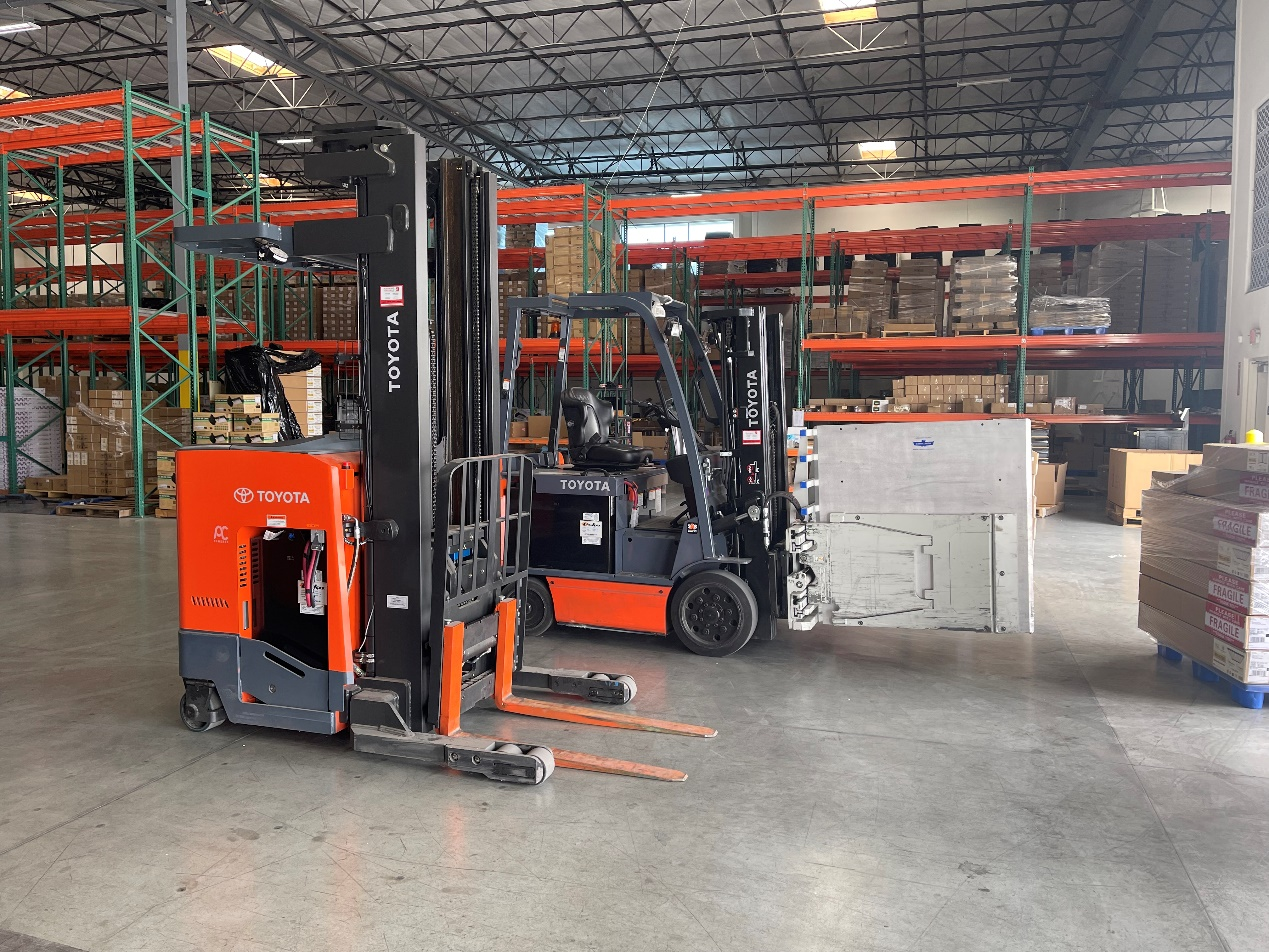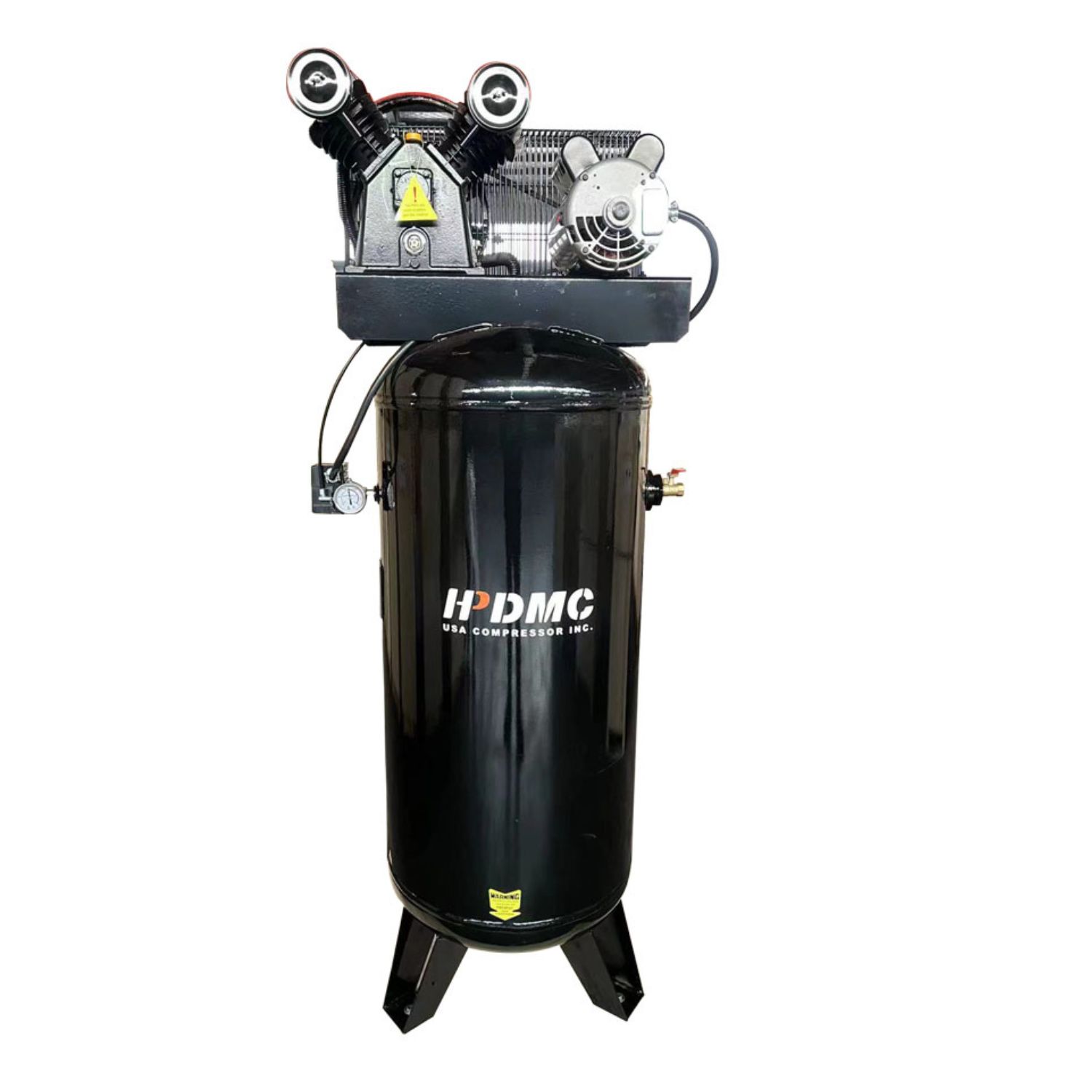
Introduction
Piston air compressors are widely used across various industries, including mobile gas power systems, refrigeration and air conditioning, and industrial manufacturing, where they hold a significant market position. These compressors provide a stable air supply for different types of equipment and systems.
One of the key advantages of piston air compressors is their consistent pressure and airflow characteristics, which are crucial for applications requiring a reliable and continuous air supply. Whether used in automation equipment on production lines or pneumatic tools on construction sites, stable air pressure is essential for proper operation. Compared to other types of air compressors, piston compressors are generally more cost-effective, making them a preferred choice for many businesses and individuals, especially those with budget constraints.
Working Principle and Applications
Working Principle
Piston air compressors operate through the reciprocating motion of pistons inside a cylinder. The process follows a simple cycle of intake, compression, and exhaust:
● Intake Stroke: The piston moves downward, creating a vacuum inside the cylinder. This opens the intake valve, allowing atmospheric air to enter.
● Compression Stroke: The piston moves upward, compressing the air inside the cylinder, which increases the pressure.
● Exhaust Stroke: Once the cylinder pressure exceeds the preset exhaust pressure, the exhaust valve opens, releasing the compressed air into a storage tank or directly into a pneumatic system.
This cycle continuously repeats to maintain a steady supply of compressed air. Single-stage compressors perform one round of compression, while two-stage compressors compress the air twice to achieve higher pressures, making them suitable for more demanding applications.
Applicable Scenarios
Piston air compressors are ideal for various applications, from small workshops to large-scale industrial plants, including:
● Automotive Repair & Body Shops: Powering pneumatic tools such as impact wrenches, spray guns, and air ratchets.
● Manufacturing: Providing compressed air for conveyor systems, automation equipment, and assembly tools.
● Construction: Operating jackhammers, air hammers, and other heavy-duty tools on-site.
● HVAC Systems: Supplying compressed air for heating, ventilation, and air conditioning applications.
● Agriculture: Supporting irrigation systems, spraying equipment, and other agricultural machinery.
Thanks to their durability and ability to generate high-pressure air, piston air compressors are suitable for both light and heavy-duty operations.
Key Specifications and Pricing
Pressure (PSI)
The maximum pressure a compressor can generate (measured in pounds per square inch) is a crucial factor. Applications such as industrial tools and automotive repair typically require 90-150 PSI, whereas smaller tasks may need lower pressures.
Airflow (CFM)
Cubic feet per minute (CFM) indicates how much air the compressor can supply. A higher CFM rating is essential for running multiple tools simultaneously or for equipment that requires large volumes of air.
Power Source
Compressors can be powered by electricity, gasoline, or diesel:
● Electric compressors are ideal for indoor use.
● Gasoline or diesel compressors are better suited for outdoor or remote locations.
Tank Size
The air tank stores compressed air for immediate use.
● Small tanks (3-30 gallons) are ideal for home workshops.
● Larger tanks (30-80 gallons) are better suited for industrial applications.
Horsepower (HP)
This measures the compressor’s motor power.
● Light-duty tasks: 1-3 HP compressors are sufficient.
● Medium-duty tasks: 3-5 HP compressors work well.
● Heavy-duty industrial applications: 5-10+ HP compressors are required.
Noise Level
Piston compressors tend to be noisier than other types. If noise is a concern, look for quieter models or use soundproof enclosures.
Price and Cost-Effectiveness
The price of piston air compressors varies depending on size, pressure capacity, and additional features.
● Basic models for small workshops/home use: $800 - $1,500
● Medium-sized models for businesses/workshops: $1,500 - $3,500
● Large industrial compressors: $5,000+
Cost-Effectiveness Recommendations
To balance cost and performance, consider the following:
● For Light Applications: If you only need to power tools or small pneumatic equipment occasionally, a single-stage piston compressor with a small tank and moderate PSI is sufficient. Price range: $1,000 - $1,500.
● For Medium Applications: For small businesses or workshops with moderate but regular use, a two-stage compressor with a 60-80 gallon tank and a 3-5 HP motor is recommended. Price range: $1,500 - $3,500.
● For Heavy Industrial Use: For continuous, high-demand operations, investing in a two-stage compressor with 10+ HP and a large tank is advisable. While initial costs may exceed $5,000, this investment improves productivity and equipment longevity.
Recommended Models
● Budget Option: For users with limited budgets and moderate needs, models like the HPDMC Portable Gasoline Power Piston Air Compressor 6.5HP offer a good balance of power and affordability.
● High-Performance Option: For industrial applications requiring long operating hours and high energy efficiency, models such as the HPDMC Piston Air Compressor with Vertical Type Air Tank are recommended.
Conclusion
When purchasing a piston air compressor, it’s essential to consider factors such as power, brand reputation, technical specifications, cost-effectiveness, and after-sales service. Clearly defining your needs and understanding market price fluctuations will help you choose the most cost-effective product. Additionally, prioritizing energy efficiency ratings and automation features can further enhance productivity and long-term economic returns.
